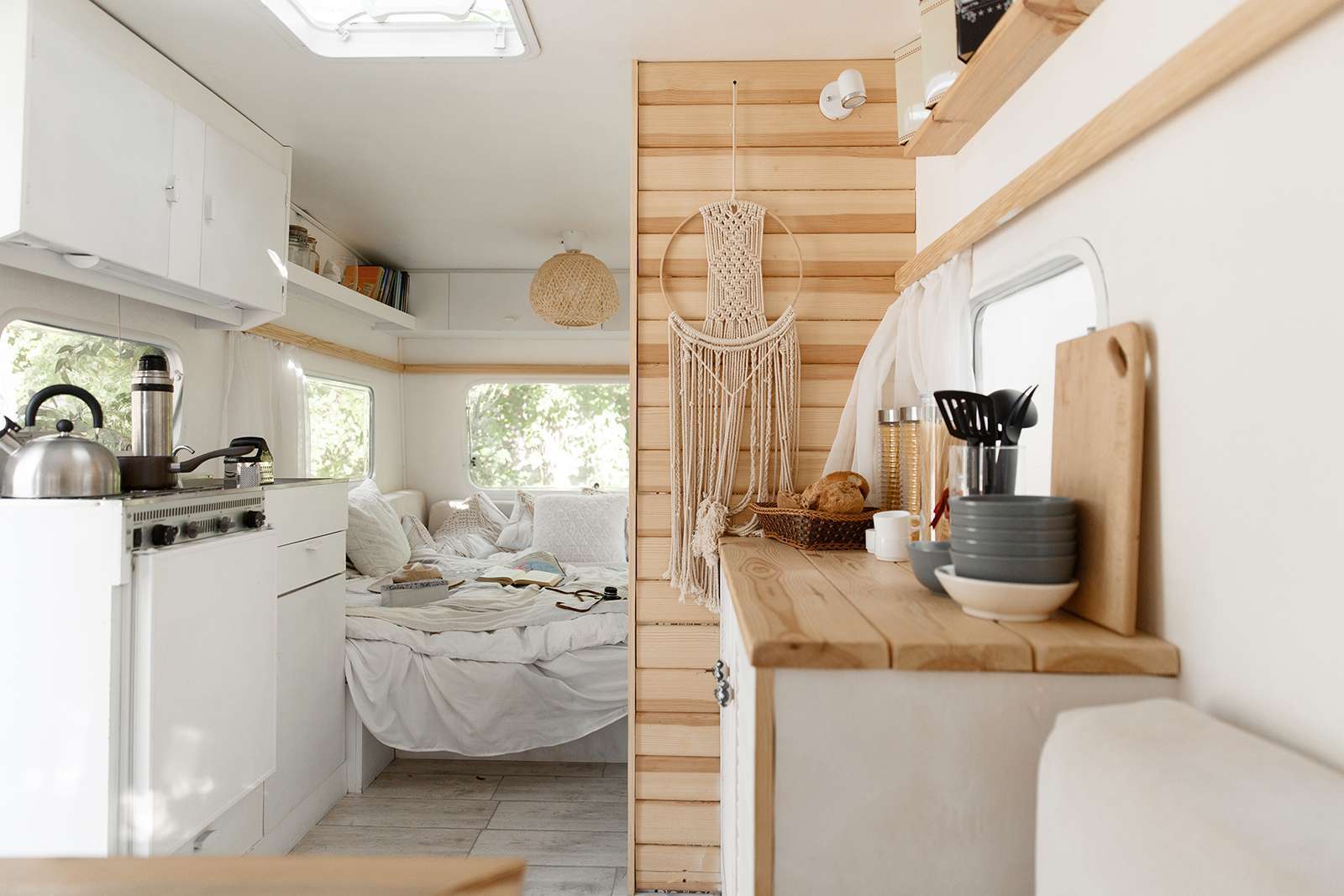
The allure of the open road and the freedom to explore new horizons have captivated many wanderers worldwide. If you dream of embarking on epic road trips and experiencing the joys of van life, building your campervan might be the perfect choice. In this article, we’ll take you through the essential steps and considerations in creating your customized campervan, transforming it into a comfortable and functional mobile home.
Step 1: Define Your Needs and Budget
Before embarking on your campervan journey, it’s crucial to determine your specific needs and establish a realistic budget. Ask yourself how you plan to use the campervan: Will it be a full-time residence, a weekend getaway vehicle, or something in between? Knowing this will help you make informed decisions about your required layout, amenities, and storage options. Setting a budget will guide your choices when selecting a base van, materials, and equipment.
Step 2: Choose the Right Base Van
Selecting the right van is the foundation of your campervan project. Factors you should consider are the van’s size, fuel efficiency, reliability, and maintenance costs. Popular options include the Mercedes-Benz Sprinter, Ford Transit, and Ram Promaster, each offering various configurations suitable for conversion. Inspect the van thoroughly and ensure it is mechanically sound before purchasing.
Step 3: Designing the Interior Layout
The layout of your campervan should maximize space utilization while ensuring comfort and functionality. Sketch out your desired floor plan, considering essential features like a bed, kitchenette, seating area, storage, and bathroom facilities, depending on your preferences. Remember to include great storage solutions; the organization is key in compact living spaces.
Step 4: Insulation and Ventilation
Insulating your campervan is vital for temperature control and soundproofing. Proper insulation materials, such as closed-cell foam or sheep’s wool, will help maintain a comfortable interior climate in hot and cold weather conditions. Adequate ventilation through windows, roof vents, or fans is essential to minimize condensation and ensure fresh air circulation.
Step 5: Electrical and Plumbing Systems
You’ll need to install electrical and plumbing systems to create a self-sufficient campervan. Determine your power needs based on the appliances you plan to use, such as lights, fridges, heating, and charging devices. Consider installing a solar panel and leisure battery to provide sustainable energy. For plumbing, decide on the type of water storage, sink, and toilet facilities that suit your lifestyle.
Step 6: Furnishing and Finishes
Personalize your campervan by choosing furnishings and finishes that reflect your style and preferences. Opt for lightweight, durable materials that are suitable for a mobile environment. From flooring and wall coverings to upholstery and curtains, endless options exist to create a cosy and inviting atmosphere in your home on wheels.
Step 7: Safety and Legal Considerations
Ensure your campervan meets safety and legal requirements. Install carbon monoxide, smoke detectors, fire extinguishers, and consider a comprehensive security system. Familiarize yourself with the regulations regarding vehicle weight, dimensions, and necessary certifications for recreational vehicles in your area.
Conclusion:
Building a campervan is an exciting and rewarding endeavour that allows you to create a mobile home tailored to your unique needs and tastes. By following these essential steps and considering the various aspects discussed, you’ll be well on your way to crafting a comfortable and functional campervan that will accompany you on countless adventures. Embrace the freedom of the open road, and let your campervan become a gateway to unforgettable experiences and memories. Happy travels!
